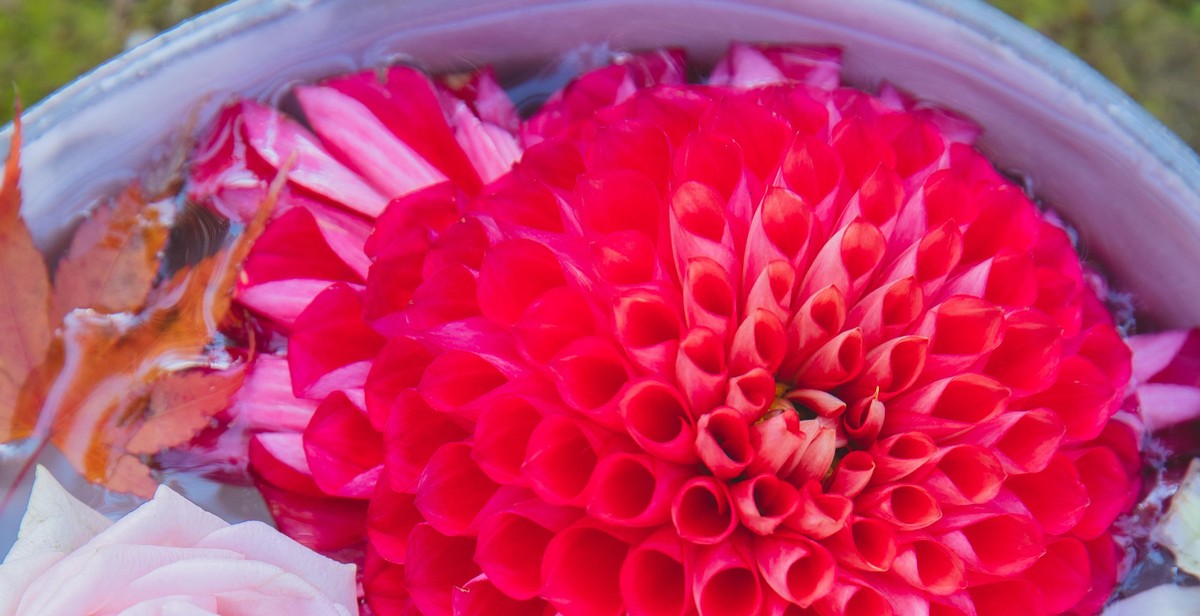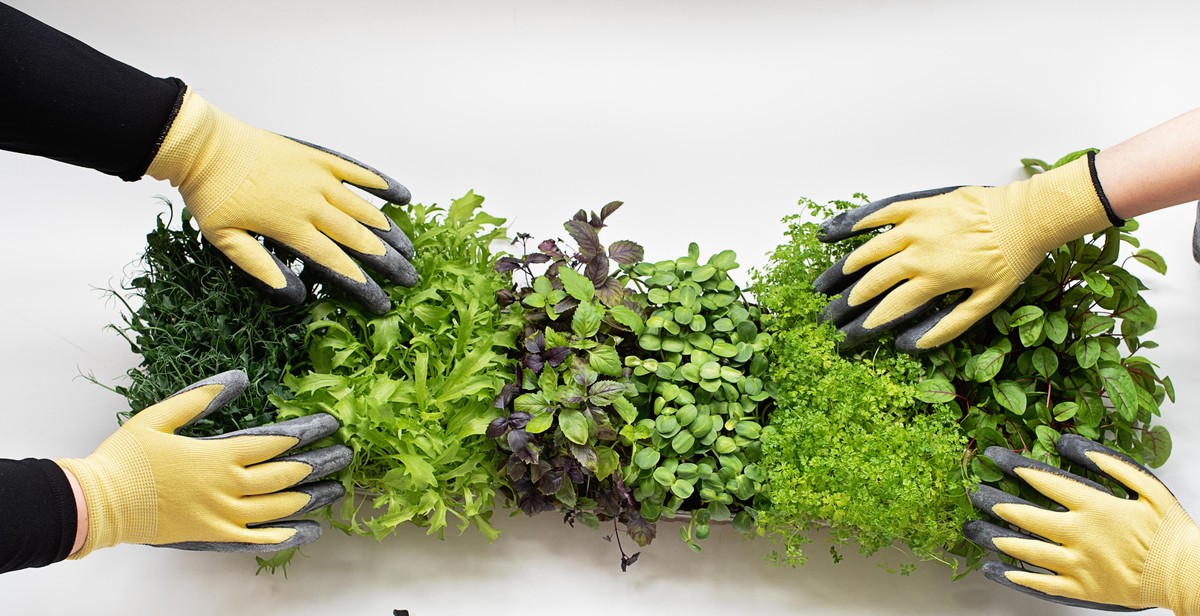How to Grow and Care for Orchid Plants
Orchids are a popular houseplant due to their stunning blooms and long-lasting beauty. However, they can be a bit tricky to care for and grow. In this article, we will provide you with a comprehensive guide on how to grow and care for orchid plants.
Choosing the Right Orchid
Before you start growing orchids, it is important to choose the right type of orchid for your home environment. Some orchids require high humidity, while others prefer dry conditions. Some require bright, indirect light, while others can tolerate lower light levels. Make sure to research the specific needs of the orchid you want to grow before purchasing it.
Planting and Potting
Orchids require a specific type of potting mix that is well-draining and allows air to circulate around the roots. When potting your orchid, make sure to use a pot with drainage holes to prevent water from accumulating and causing root rot.
Watering and Fertilizing
Watering and fertilizing orchids can be a bit tricky. Overwatering can lead to root rot, while under-watering can cause the plant to wilt and die. It is important to monitor the soil moisture and only water when the top inch of soil feels dry to the touch. Fertilize your orchid with a balanced fertilizer every two weeks during the growing season.
Conclusion
By following these tips on how to grow and care for orchid plants, you can enjoy the beauty of these stunning flowers in your home for years to come.

Types of Orchids
There are over 25,000 species of orchids in the world, and they are divided into four main types: Phalaenopsis, Cattleya, Dendrobium, and Oncidium. Each type has its unique characteristics and care requirements, so it’s important to know which type of orchid you have to provide it with the best care.
Phalaenopsis Orchids
Phalaenopsis orchids, also known as moth orchids, are one of the most popular types of orchids. They have large, round petals and come in a range of colors, including white, pink, and yellow. Phalaenopsis orchids are easy to care for and can bloom for several months with proper care.
- Light: Phalaenopsis orchids prefer bright, indirect light.
- Water: Water once a week, allowing the soil to dry out slightly between watering.
- Temperature: Keep the orchid in a room with a temperature between 65-80°F.
- Fertilizer: Fertilize once a month during the growing season.
Cattleya Orchids
Cattleya orchids, also known as corsage orchids, have large, showy flowers and come in a range of colors, including purple, pink, and white. They require more care than Phalaenopsis orchids and are best suited for experienced growers.
- Light: Cattleya orchids prefer bright, direct light.
- Water: Water once a week, allowing the soil to dry out slightly between watering.
- Temperature: Keep the orchid in a room with a temperature between 65-75°F.
- Fertilizer: Fertilize every two weeks during the growing season.
Dendrobium Orchids
Dendrobium orchids have long, thin stems and small flowers that bloom in clusters. They come in a range of colors, including white, pink, and purple. Dendrobium orchids are easy to care for and can bloom for several months with proper care.
- Light: Dendrobium orchids prefer bright, indirect light.
- Water: Water once a week, allowing the soil to dry out slightly between watering.
- Temperature: Keep the orchid in a room with a temperature between 60-85°F.
- Fertilizer: Fertilize every two weeks during the growing season.
Oncidium Orchids
Oncidium orchids, also known as dancing lady orchids, have small, delicate flowers that bloom in clusters. They come in a range of colors, including yellow, pink, and red. Oncidium orchids require more care than Phalaenopsis orchids and are best suited for experienced growers.
- Light: Oncidium orchids prefer bright, indirect light.
- Water: Water once a week, allowing the soil to dry out slightly between watering.
- Temperature: Keep the orchid in a room with a temperature between 60-85°F.
- Fertilizer: Fertilize every two weeks during the growing season.
| Orchid Type | Flower Size | Light | Water | Temperature | Fertilizer | |||||||||||||||||||
|---|---|---|---|---|---|---|---|---|---|---|---|---|---|---|---|---|---|---|---|---|---|---|---|---|
| Phalaenopsis | Large | Bright, indirect | Once a week | 65-80°F | Once a month | |||||||||||||||||||
| Cattleya | Large | Bright, direct | Once a week | 65-75°F | Every two weeks | |||||||||||||||||||
Dendrob
Growing OrchidsOrchids are beautiful and exotic plants that require specific care to thrive. Here are some important factors to consider when growing and caring for orchids: Light RequirementsLight is essential for orchids to grow and bloom. However, different types of orchids have different light requirements. Some orchids prefer bright, direct sunlight, while others need filtered or indirect light. It’s important to research the specific type of orchid you have to determine its light needs. Generally, orchids should receive 12-14 hours of light per day. WateringWatering orchids can be tricky, as they require a delicate balance of moisture. Overwatering can lead to root rot, while underwatering can cause the plant to dry out and die. Orchids should be watered when the potting mix is almost dry, but not completely dry. It’s important to water the orchid thoroughly, allowing excess water to drain out of the pot. Temperature and HumidityOrchids thrive in warm and humid environments, with temperatures typically ranging from 60-80 degrees Fahrenheit. They also require good air circulation to prevent the growth of mold and bacteria. To increase humidity around the orchid, it can be placed on a tray of pebbles filled with water or misted regularly. Potting MixOrchids require a specialized potting mix that allows for good drainage and aeration. The mix should contain materials such as bark, sphagnum moss, and perlite. It’s important to repot orchids every 1-2 years to ensure they have enough space to grow and access to fresh potting mix. FertilizerOrchids require regular fertilization to provide them with the nutrients they need to grow and bloom. A balanced fertilizer with equal parts nitrogen, phosphorus, and potassium is recommended. It’s important not to over-fertilize, as this can damage the orchid’s roots.
Orchid CareOrchids are a beautiful addition to any home, but they can be a bit finicky when it comes to care. Here are some tips to help you keep your orchids healthy and thriving. Pruning and RepottingPruning is an essential part of orchid care. Removing dead or damaged leaves and flowers will encourage new growth and prevent the spread of disease. Use a sharp, sterile pair of scissors to make clean cuts. Repotting is also important, as orchids need fresh growing medium every few years. Wait until the plant has finished blooming before repotting, and be sure to use a pot with drainage holes and a well-draining growing medium. When to RepotOrchids should be repotted every 1-2 years, or when the growing medium starts to break down. Signs that it’s time to repot include:
Pest and Disease ControlOrchids are susceptible to a variety of pests and diseases, so it’s important to keep an eye out for any signs of trouble. Here are some common issues you may encounter: Pests
DiseasesOrchids can also be affected by various fungal and bacterial diseases. Here are some common issues:
Preventing pests and diseases is the best approach. Keep your orchids clean and dry, and avoid overwatering. Quarantine any new plants for a few weeks to make sure they are not carrying any pests or diseases.
ConclusionGrowing and caring for orchid plants can be a rewarding and enjoyable experience for any plant enthusiast. With the right knowledge and techniques, you can create a thriving orchid collection that will bring beauty to your home or garden. Tips for Successful Orchid Care
Remember to be patient with your orchids. They require time and attention to thrive, but the results are worth it. With proper care, your orchids can bloom for months and even years. Final ThoughtsOrchids are some of the most beautiful and unique plants in the world. They require a bit of extra care, but the rewards are well worth it. Whether you are a seasoned orchid enthusiast or just starting out, we hope this guide has provided you with the information and inspiration you need to grow and care for your orchids with confidence.
|

